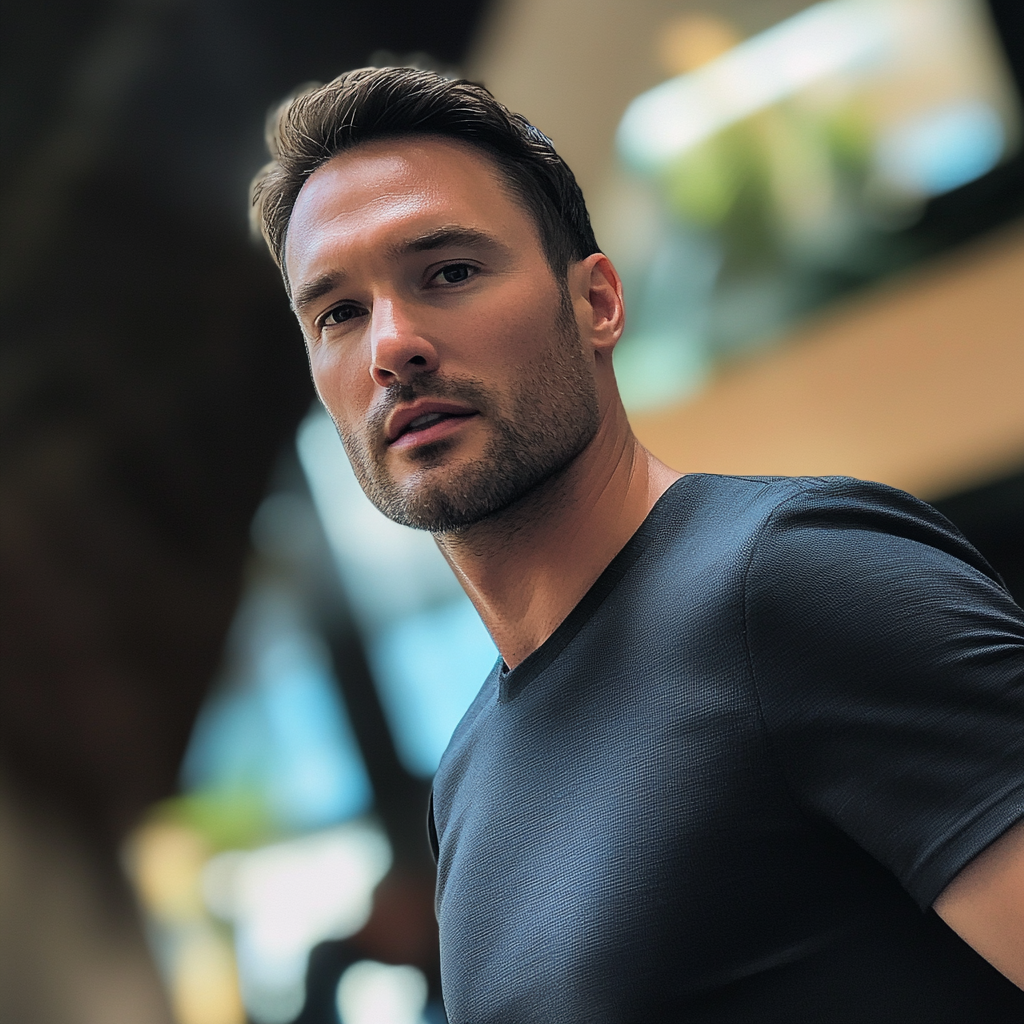Understanding how body movement influences visual perception is essential for developing intelligent systems that can interact with their environment in a human-like manner. The new research introducing PEVA (a Whole-Body Conditioned Diffusion Model) tackles this complex relationship, emphasizing how various human actions—from walking to waving—can shape what we see from a first-person view.
The Importance of Movement in Visual Perception
At the heart of PEVA’s innovation is the recognition that our physical actions play a critical role in how we perceive our surroundings. For example, when you turn your head to look at something, the change in your viewpoint alters what you see significantly. This means that for machines—such as robots or AI systems—to truly understand their environment, they must be able to predict not just the immediate visual consequences of movement but also how these changes unfold over time.
Challenges in Current Predictive Models
One of the primary challenges in this field is teaching AI systems to effectively model the effects of body movements on perception. Traditional models have often relied on simplified input data, such as speed or head direction, failing to capture the full range of human motion. This has limited their effectiveness, especially in dynamic environments where visibility can change rapidly. For instance, a robot that only considers head direction might miss crucial visual information that a more holistic understanding of body movement would provide.
Introducing the PEVA Model
Developed by researchers from UC Berkeley, Meta’s FAIR team, and New York University, PEVA represents a significant leap forward. It predicts future frames of egocentric video based on comprehensive, structured data about full-body motion. This model utilizes a conditional diffusion transformer trained on a dataset called Nymeria, which includes real-world egocentric videos matched with full-body motion capture data.
How PEVA Works
PEVA’s innovative architecture allows it to analyze actions through a detailed 48-dimensional vector. This vector includes joint rotations and translations that are normalized and centered at the pelvis, ensuring that the representation is both comprehensive and unbiased. By leveraging this structured input, PEVA enhances its understanding of how body dynamics affect visual perception.
The system employs an autoregressive diffusion model to create a continuous flow of video frames. It trains by introducing random time skips, allowing the model to learn the immediate and delayed consequences of movements, which is crucial for long-term video generation.
Performance Evaluation
The efficacy of PEVA was tested across various metrics to gauge both short-term and long-term video prediction capabilities. In short-term predictions at two-second intervals, PEVA achieved impressive results, exhibiting lower LPIPS (Learned Perceptual Image Patch Similarity) scores and higher DreamSim consistency compared to existing baseline models. These metrics indicate that PEVA is producing more visually coherent and semantically accurate video outputs.
Moreover, the model efficiently decomposed human actions into finer components, such as specific arm movements, to assess its ability to control and predict nuanced behaviors. In extended trials of up to 16 seconds, PEVA maintained coherence in its video simulations, successfully accounting for delayed outcomes as well.
Moving Forward: The Future of Embodied Intelligence
This research represents a pivotal advancement in the realm of embodied AI. By grounding predictions in the physicality of human movement, PEVA opens up new possibilities for creating systems that can effectively interact with and navigate their environments. The use of structured pose representations and advanced learning techniques illustrates a promising pathway toward developing AI with a deeper understanding of physical context.
In conclusion, PEVA not only enhances our comprehension of the interplay between body movement and visual perception but also sets the stage for more sophisticated, physically aware AI systems.
FAQs
- What is PEVA? PEVA is a Whole-Body Conditioned Diffusion Model that predicts future egocentric video frames based on full-body motion data.
- Why is body movement important for AI? Understanding body movement helps AI systems anticipate visual changes in real-time, improving their ability to interact with human environments.
- What challenges do traditional models face? Traditional models often oversimplify human motion, which limits their effectiveness in dynamic situations.
- How does PEVA improve upon previous models? PEVA uses a comprehensive 48-dimensional representation of body motion and employs a conditional diffusion transformer for more accurate predictions.
- What applications could benefit from PEVA? Robotics, virtual reality, and autonomous systems could greatly benefit from the advancements in embodied intelligence provided by PEVA.



























